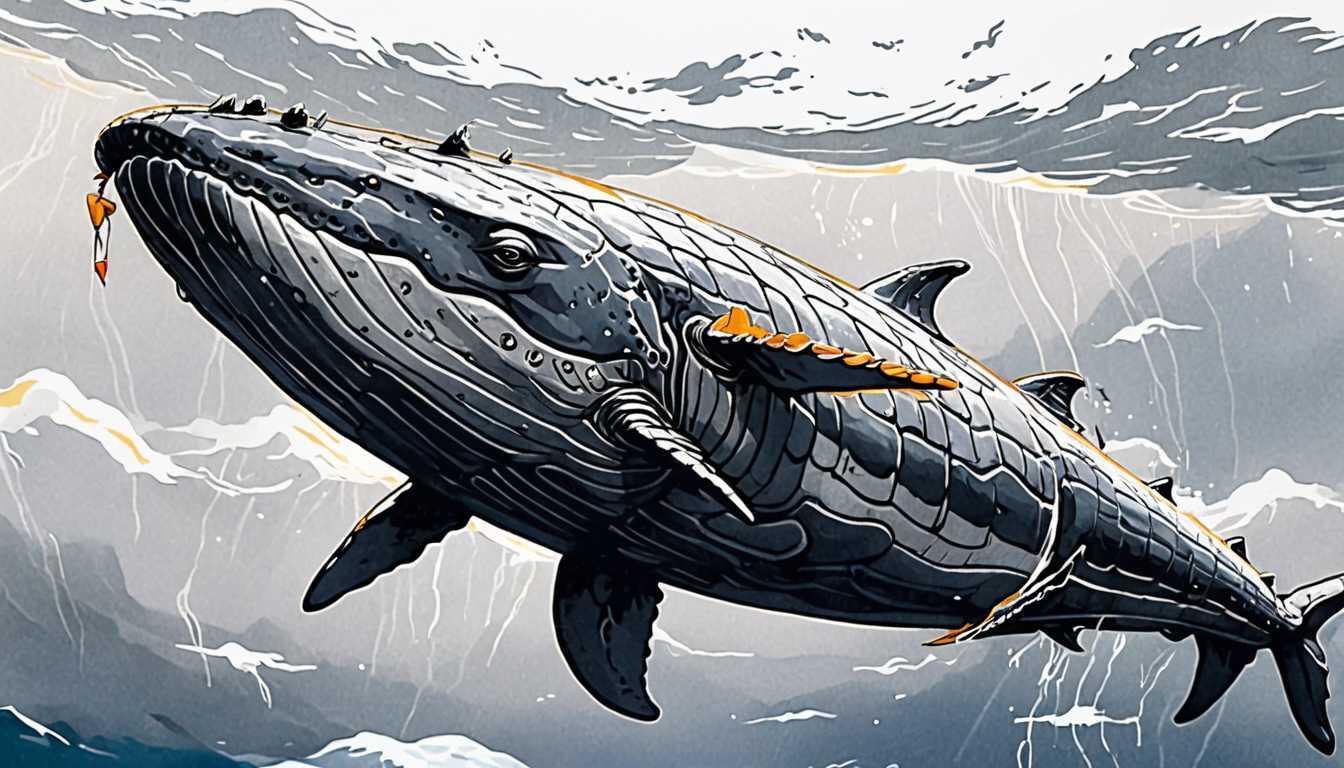Vanishing Underwater Rainforests: Act Now!
September 2021
Smithsonian Magazine
Introduction
Dive into the deep with Smithsonian Magazine's eye-opening article revealing a shocking truth: our planet has lost half of its coral reefs since the 1950s. Uncover the reasons behind this underwater crisis, from climate change to pollution, and learn why these vibrant ecosystems, crucial for biodiversity and human livelihoods, are fading away. It's not just about the corals; it's about our future. Ready for an aquatic adventure that's both enlightening and a call to action? Let's make a splash and explore the importance of saving our submerged rainforests!
READ FULL ARTICLEWhy It Matters
Discover how this topic shapes your world and future
Reefs in Peril - A Dive into the Deep Blue's Crisis
Imagine diving into the ocean and being greeted by a vibrant underwater city, bustling with colorful fish, intricate coral structures, and an array of marine life. Now, picture half of that city deserted, its once lively streets barren. This is not a scene from a dystopian novel but the reality of our planet's coral reefs since the 1950s. The decline of coral reefs matters profoundly because these ecosystems are not just underwater spectacles; they are the backbone of marine biodiversity, offering protection to coastal communities and supporting global economies through fisheries and tourism. For you, the ocean's future stewards, understanding the plight of coral reefs is crucial. It's about preserving the marine equivalent of rainforests, ensuring food security for millions, and safeguarding natural barriers that protect our shorelines from storms. This crisis is a call to action, beckoning a new wave of environmental guardians.
Speak like a Scholar
Biodiversity hotspots
Areas with a rich variety of life that are under threat from human activities. Coral reefs are prime examples, teeming with species that are nowhere else to be found.
Ecosystem services
Benefits that nature provides to humans, like food, clean water, and protection from natural disasters. Coral reefs protect coastlines and support fisheries.
Symbiotic relationship
A close and long-term interaction between two different species where both benefit. Coral polyps and zooxanthellae algae have this kind of relationship.
Bleaching
When corals under stress expel the algae living in their tissues, causing the coral to turn completely white. It's a sign of a reef in trouble.
Acidification
The process by which the ocean becomes more acidic due to absorbing carbon dioxide from the atmosphere. This change can harm marine life, including corals.
Indigenous communities
Groups of people who have a long-standing connection with their natural environment, often including coral reefs. They rely on these ecosystems for cultural, subsistence, and economic needs.
Independent Research Ideas
The role of marine protected areas in coral reef recovery
Investigate how designated marine protected areas help in the recovery and protection of coral reefs, and their impact on biodiversity.
Coral gardening and restoration techniques
Explore various coral restoration techniques, such as coral gardening or 3D printed coral structures, and assess their effectiveness in rehabilitating damaged reefs.
Impact of sunscreen on coral reefs
Delve into the chemical components of sunscreen and their effects on coral health, including the process of bleaching, and possible eco-friendly alternatives.
Coral reefs as natural barriers
Study how healthy coral reefs protect coastal communities from storms and erosion, comparing the effectiveness and cost-benefits with artificial barriers.
Traditional knowledge and coral conservation
Examine how indigenous knowledge and practices contribute to coral reef conservation, and how integrating this wisdom can enhance modern conservation efforts.




